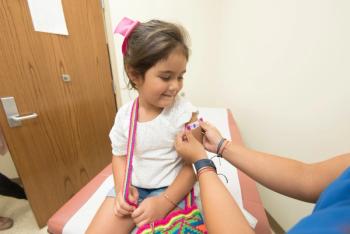On November 12, health authorities in Ethiopia are intensifying investigations and emergency response efforts following the detection of eight suspected cases of viral hemorrhagic fever (VHF) in the South Ethiopia Region. As laboratory testing continues at the Ethiopia Public Health Institute, national officials have requested international support to accelerate containment and protect communities.1 According to the World Health Organization (WHO) as of November 20, 33 laboratory tests had been conducted, of which 6 confirmed cases of Marburg Virus Disease (MVD), including 3 deaths. The remaining 3 cases are currently being treated. In addition to the lab-confirmed cases, a further 3 epidemiologically linked cases could not be tested; all three are deceased and recorded as probable cases. A total of 206 contacts have been identified, and contacts are under active follow-up. The number of contacts will continue to change as the response evolves. The source of the infection has not yet been identified. This marks the first confirmed outbreak of MVD in Ethiopia.2
In response, WHO has deployed an initial team of 11 technical officers with extensive experience in managing VHF outbreaks. These specialists are assisting with enhanced disease surveillance, case investigation, laboratory diagnostics, infection prevention and control measures, clinical management, and overall outbreak coordination. Their involvement aims to reinforce the country’s preparedness and ensure a rapid, organized response while the source of the suspected infections is determined.1
What You Need to Know
Ethiopia is investigating eight suspected viral haemorrhagic fever cases while awaiting confirmatory laboratory results.
WHO has deployed experts, medical supplies, and US $300,000 in emergency funds to strengthen surveillance, diagnostics, and clinical response.
Rapid reporting and early containment are essential due to the severe and epidemic-prone nature of viral haemorrhagic fevers.
WHO is also delivering critical supplies, including personal protective equipment for frontline health workers, infection-prevention materials, and a deployable isolation tent to strengthen clinical care capacity. Additional technical support is being mobilized as the situation evolves. 1
To enable immediate action on the ground, WHO has released US $300,000 from its Contingency Fund for Emergencies, ensuring Ethiopia has the resources needed to scale up its response while laboratory results are pending.1
In a previous interview with Contagion, William A. Fischer II, MD, director of emerging pathogens at UNC’s Institute for Global Health and Infectious Diseases, and David Wohl, MD, professor of medicine in the Division of Infectious Diseases at UNC, discuss what is like to work in a hot zone where high-consequence infectious diseases such as MVD occur.



















































































































































































































































































